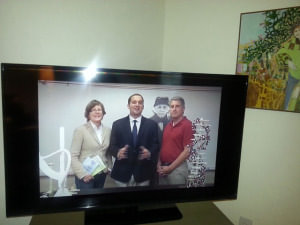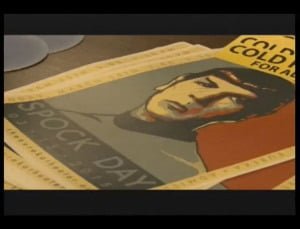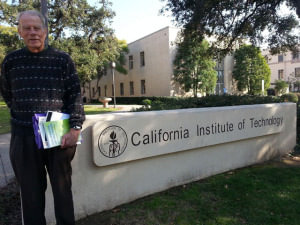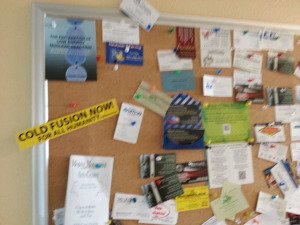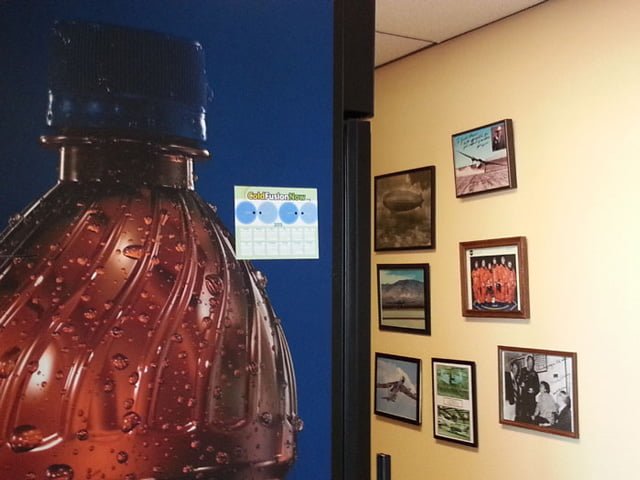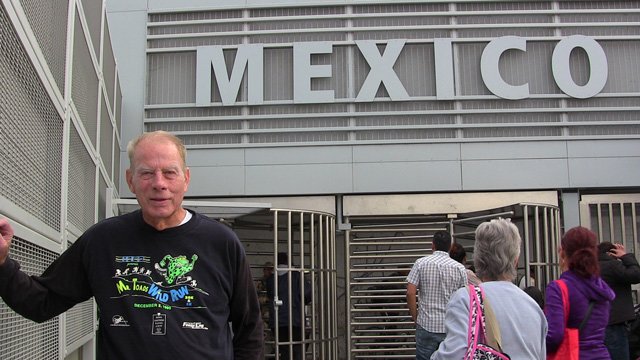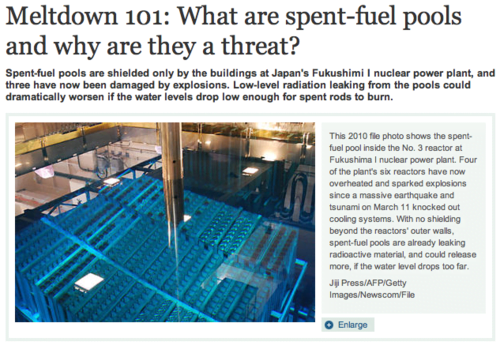“Address the Nation: LENR Power and Expansion into Space”
This is an adaptation of a speech given by President John F. Kennedy.
The original speech should be listened to before reading the adaptation. President Kennedy’s speech gives insight into the driving forces behind NASA and our continued space programs. That context is needed to understand the adaptation of President Kennedy’s famous speech.
“On the Nation’s Space Effort”, John F. Kennedy 12 September 1962. Address at Rice University in Houston, Texas (voice recording)
President Obama is the Chief Excecutive Officer of NASA.
President Obama is Commander in Chief of the Navy (research laboratories) and the Defense Intelligence Agency.
LENR/cold fusion power is a matter of national security for both NASA and the Armed Forces. Please study what NASA, the Defense Intelligence Agency, and the Navy know about LENR/cold fusion power. That information is found in the following papers and videos and is essential for a good reading of my adaptation of Kennedy’s Address.
Navy
“Thermal and Nuclear Aspects of the Pd/D2O System Volume 1: A Decade of Research at Navy Laboratories” Technical Report 1862 – February 2002 (read)
“Thermal and Nuclear Aspects of the Pd/D2O System Volume 2: Simulation of the Electrochemical Cell (ICARUS) Calorimetry” Technical Report 1862 – February 2002 (read)
Defense Intelligence Agency
Defense Analysis Report – Technology Forecast:
“Worldwide Research on Low-Energy Nuclear Reactions Increasing and Gaining Acceptance” DIA-08-0911-003 13 November 2009
- LENR could serve as a power source for batteries that could last for decades, providing power for electricity, sensors, military operations, and other applications in remote areas, including space. LENR could also have medical applications for disease treatment, pacemakers, or other equipment. Because nuclear fusion releases 10 million times more energy per unit mass than does liquid transportation fuel, the military potential of such high-energy-density power sources is enormous. And since the U.S. military is the largest user of liquid fuel for transportation, LENR power sources could produce the greatest transformation of the battlefield for U.S. forces since the transition from horsepower to gasoline power. (read)
NASA
Sept 22, 2011 LENR Brief @ GRC – J.M.Zawodny “Low Energy Nuclear Reactions: Is there better way to do nuclear power?” (pdf)
Sept 22, 2011 LENR Brief @ GRC – Dennis M. Bushnell “NASA and GRC – LENR Workshop 2011” (pdf)
Recommended Follow Up (by NASA)
.
“METHOD FOR PRODUCING HEAVY ELECTRONS” NASA Patent
United States Patent Application Publication No.: US 2011/0255645 Al Zawodny/NASA Pub. Date: Oct. 20, 2011 (pdf)
“Low Energy Nuclear Reactions, the Realism and the Outlook” Dennis Bushnell, Chief Scientist, Langley Research Center (read)
” Abundant Clean/Green Energy” by Joseph Zawodny. (video)
NASA Technology Gateway – LENR
“Welcome to the Technology Gateway. At Langley we have a long history of creating technologies that improve the way we live and the way we work. In the future we would like to enable those technologies to move from the laboratory into the marketplace and we’re going to do that through partnerships.”
“NASA’s Method for a Clean Nuclear Energy For Your Power Operated Technology.” (Licensing available)
Noteworthy
The NASA – LENR device is on the U.S. marketplace through their Technology Gateway and that the E-Cat is making major design improvements while planning to enter the U.S. market on an accelerated timetable. (Cold Fusion Now – Hot Honeycomb)
The race to LENR power is real.
The following adaptation of the speech by President Kennedy is fiction.
Imagine President Obama giving it or a similar one as an October Surprise. The imminent surprise of cold fusion is which polititian, industry, or company will announce it first?
Oil Industry
Journal of Petroleum Technology, July 2012
“On the Precipice of a New Energy Source?” Go to Page 18 (read)
“Address the Nation: LENR Power and Expansion into Space”
We live in a nation noted for knowledge, in a nation noted for progress, in a nation noted for strength, and we stand in need of all three, for we are in an hour of change and challenge, in a decade of hope and fear, in an age of both knowledge and ignorance. The greater our knowledge increases, the greater our ignorance unfolds.
Despite the striking fact that most of the scientists that the world has ever known are alive and working today, despite the fact that this nation’s own scientific manpower is leading the world, despite that, the vast stretches of the unknown and the unanswered and the unfinished still far outstrip our collective comprehension.
No man can fully grasp how far and how fast we have come, but condense, if you will, the 50,000 years of man¹s recorded history in a time span of but a half a century. Stated in these terms, we know very little about the first 40 years, except at the end of them advanced man had learned to use the skins of animals to cover them. Then about 10 years ago, under this standard, man emerged from his caves to construct other kinds of shelter. Only five years ago man learned to write and use a cart with wheels. Christianity began less than two years ago. The printing press came this year, and then less than two months ago, during this whole 50-year span of human history, the steam engine provided a new source of power.
Newton explored the meaning of gravity. Last month electric lights and telephones and automobiles and airplanes became available. Only last week did we develop penicillin and television and nuclear power, and now with America’s newest spacecraft leaving the solar system we literally reach out to the stars before midnight tonight.
This is a breathtaking pace, and such a pace cannot help but create new ills as it dispels old, new ignorance, new problems, new dangers. Surely the development of new knowledge promises high costs and hardships, as well as high reward.
So it is not surprising that some would have us stay where we are a little longer to rest, to wait. But this country of the United States was not built by those who waited and rested and wished to look behind them.
If this capsule history of our progress teaches us anything, it is that man, in his quest for knowledge and progress, is determined and cannot be deterred. From the frontiers of science now comes to us a revolutionary source of energy, LENR power. Inexpensive, clean, and nearly unlimited LENR power developed from early cold fusion research. The world’s conversion to LENR power will go ahead, whether we join in it or not, and it is one of the great adventures of all time, and no nation which expects to be the leader of other nations can expect to stay behind in the worldwide conversion to LENR power.
Those who came before us made certain that this country rode the first waves of the industrial revolutions, the first waves of modern invention, and the first wave of nuclear power, and this generation does not intend to founder in the backwash of the coming age of LENR power. We mean to be a part of it–we mean to lead it. For the eyes of the world will now look forward to LENR power.
Yet the vows of this Nation can only be fulfilled if we in this Nation are first, and, therefore, we intend to be first. In short, our leadership in science and in industry, our hopes for peace and security, our obligations to ourselves as well as others, all require us to make this effort, to solve these mysteries, to solve them for the good of all men, and to become the world’s leading LENR powered nation.
With LENR power, we can now truly set sail on the new sea of space. All NASA missions unrealized can now be realized because of this inexpensive, clean, unlimited source of energy. LENR power and space are the new frontiers to be won, and they must be won and used for the progress of all people. For LENR power, space science and all technology, has no conscience of its own. Whether LENR power will become a force for good or ill depends on man, and only if the United States occupies a position of pre-eminence can we help decide whether unlimited LENR power and the new ocean of space will be a sea of peace or a new terrifying theater of war. I do not say the we should or will go unprotected against the hostile misuse of unlimited energy and permanent space habitation any more than we go unprotected against the hostile use of land or sea, but I do say that space can be explored and mastered without feeding the fires of war, without repeating the mistakes that man has made in extending his writ around this globe of ours.
There is no strife, no prejudice, no national conflict in outer space as yet. Its hazards are hostile to us all. Its population will deserve the best of all mankind, and its opportunity for peaceful cooperation may never come again. But why, some say, convert to LENR power and expand habitation into space? Why choose this as our goal? And they may well ask why climb the highest mountain? Why, 93 years ago, fly the Atlantic? Why, 43 years ago, fly the to the Moon?
We choose to convert to LENR power and enable permanent habitation of humanity in space. We choose to convert to LENR power and see humanity expand into space and do other things, not because they are easy, but because they are hard, because that goal will serve to organize and measure the best of our energies and skills, because that challenge is one that we are willing to accept, one we are unwilling to postpone, and one which we intend to win.
It is for these reasons that I regard the decision to shift our efforts from low to high gear as among the most important decisions that will be made during my incumbency in the office of the Presidency.
The conversion to LENR power and expansion into space will spur growth, our science and education will be enriched by new knowledge of our universe and environment, by new techniques of learning and mapping and observation, by new tools and computers for industry, medicine, the home as well as the school. All will reap the harvest of these gains.
However, I think we’re going to do it, and I think that we must pay what needs to be paid. I don’t think we ought to waste any money, but I think we ought to do the job. It will be done during or past the term of office of some of the people who sit here on this platform. But it will be done. And it will be done before the end of the next two decades.
Many years ago the great British explorer George Mallory, who was to die on Mount Everest, was asked why did he want to climb it. He said, “Because it is there.”
Well, the unlimited, clean energy of LENR power and the frontiers of space are there, and we’re going to answer the call, and the moon and the planets are there, and new hopes for knowledge and peace are there. And, therefore, as we set sail we ask God’s blessing on the most challenging and daring and greatest adventure on which man has ever embarked.
Thank you
“Special Message to the Congress on Urgent National Needs” Page 4
President John F. Kennedy May 25th 1961. Delivered in person before a joint session of Congress announcing aspirations for the Apollo Program (read)
“I therefore ask the Congress, above and beyond the increases I have earlier requested for space activities, to provide the funds which are needed to meet the following national goals…
No single space project in this period will be more impressive to mankind, or more important for the long-range exploration of space…
Now this is a choice which this country must make, and I am confident that under the leadership of the Space Committees of the Congress, and the Appropriating Committees, that you will consider the matter carefully…
It is a most important decision that we make as a nation. But all of you have lived through the last four years and have seen the significance of space and the adventures in space, and no one can predict with certainty what the ultimate meaning will be of mastery of space…
I think every citizen of this country as well as the Members of the Congress should consider the matter carefully in making their judgment, to which we have given attention over many weeks and months…
This decision demands a major national commitment of scientific and technical manpower, materiel and facilities…
It means we cannot afford undue work stoppages, inflated costs of material or talent, wasteful interagency rivalries, or a high turnover of key personnel…
New objectives and new money cannot solve these problems. They could in fact, aggravate them further–unless every scientist, every engineer, every serviceman, every technician, contractor, and civil servant gives his personal pledge that this nation will move forward, with the full speed of freedom, in the exciting adventure of space…
In conclusion, let me emphasize one point: that we are determined, as a nation in 1961 that freedom shall survive and succeed–and whatever the peril and set-backs, we have some very large advantages.
The first is the simple fact that we are on the side of liberty–and since the beginning of history, and particularly since the end of the Second World War, liberty has been winning out all over the globe.
A second real asset is that we are not alone. We have friends and allies all over the world who share our devotion to freedom.
–serious conversations do not require a pale unanimity–they are rather the instruments of trust and understanding over a long road.
A third asset is our desire for peace. –that we seek no conquests, no satellites, no riches–that we seek only the day when “nation shall not lift up sword against nation, neither shall they learn war any more.”
Finally, our greatest asset in this struggle is the American people–their willingness to pay the price for these programs–to understand and accept a long struggle–to share their resources with other less fortunate people–to meet the tax levels and close the tax loopholes I have requested–to exercise self-restraint instead of pushing up wages or prices, or over-producing certain crops, or spreading military secrets, or urging unessential expenditures or improper monopolies or harmful work stoppages–to serve in the Peace Corps or the Armed Services or the Federal Civil Service or the Congress–to strive for excellence in their schools, in their cities and in their physical fitness and that of their children–to take part in Civil Defense–to pay higher postal rates, and higher payroll taxes and higher teachers’ salaries, in order to strengthen our society–to show friendship to students and visitors from other lands who visit us and go back in many cases to be the future leaders, with an image of America–and I want that image, and I know you do, to be affirmative and positive–and, finally, to practice democracy at home, in all States, with all races, to respect each other and to protect the Constitutional rights of all citizens.”
 The sixteenth episode of the Cold Fusion Now! podcast features Dr. Pamela Mosier-Boss, an analytical chemist who spent a career working at the Navy’s SPAWAR laboratory developing environmental sensors and working on LENR.
The sixteenth episode of the Cold Fusion Now! podcast features Dr. Pamela Mosier-Boss, an analytical chemist who spent a career working at the Navy’s SPAWAR laboratory developing environmental sensors and working on LENR. Patreon is a platform for supporting creators. You can pledge as little as a dollar per episode and cap your monthly spending. When we deliver, you reward the work!
Patreon is a platform for supporting creators. You can pledge as little as a dollar per episode and cap your monthly spending. When we deliver, you reward the work! 



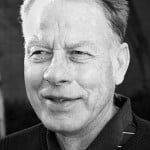

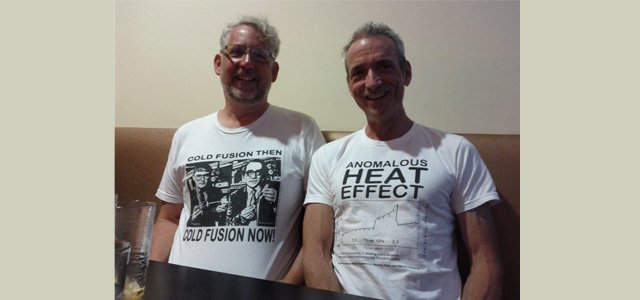


 They will partner with
They will partner with 
